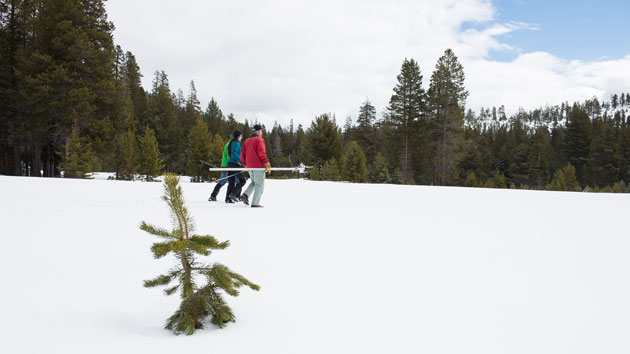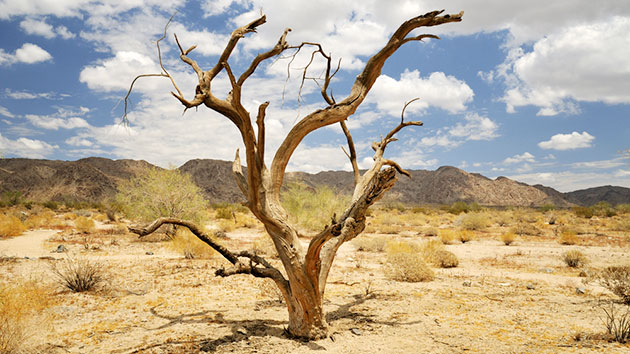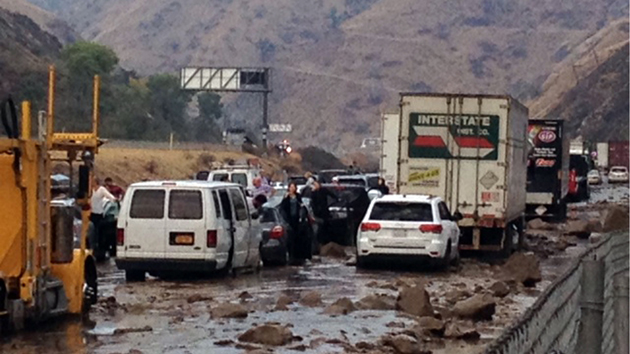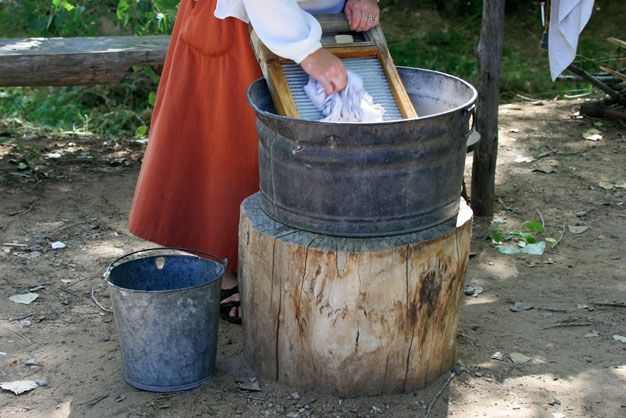
Patsy Michaud/Shutterstock.com
Colorado is still ablaze and 72 percent of the US experiencing dry or drought conditions. Extreme weather is becoming the norm this summer, and your annual state-issued warning about water use is likely on it’s way (if not already in effect). So how can you cut back on your water use? There are tried-and-true tips, such as turning off the tap while brushing your teeth and using the sprinkler during early morning and late afternoon. But there are many other water-saving methods that can—and should—be implemented year-round.
These eight water-saving techniques and technologies can help the environment and your water bill, even after the rain comes.
Also read about the true cost of water, the water footprint of everyday objects, and why wasting water is so damn cheap.
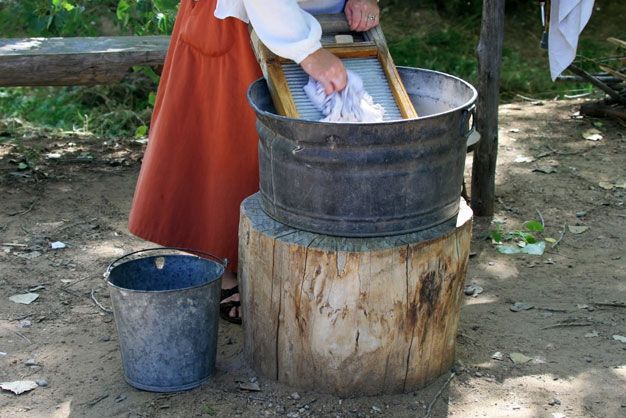
Old-fashioned laundry by hand may use the least amount of water, but going this low-tech isn’t necessary. There are many laundry machine upgrades, from high-efficiency to steam-based technologies, that will reduce water use. If you’re not ready to make the machine upgrade, be sure that each load is filled to capacity and use the old-fashioned hand-wash method for “dry clean only” and delicate items. Patsy Michaud/Shutterstock.com
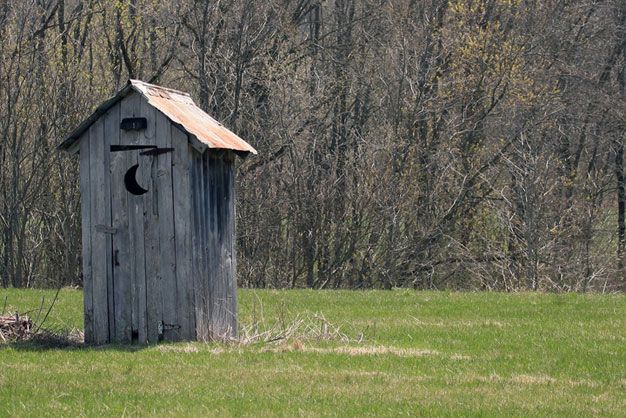
Toilets alone use up to 27 percent of household water. That’s a lot for something that only deals with waste. There are many low-flow and dual flush (less water for No. 1, more for No. 2) toilets on the market, as well as easy DIYs that can conserve water when you flush. Outhouses are an option for the more adventurous. Dennis Donohue/Shutterstock.com
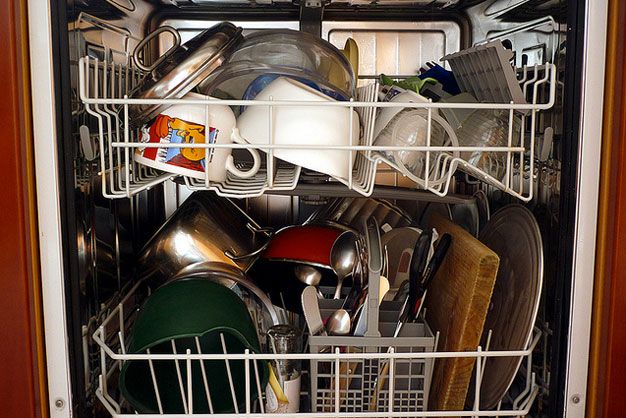
This is what your dishwasher should look like when you run it: packed full but not so full that items won’t get cleaned. Just as with the washing machine, dishwashers are designed to be run with full loads. They use an average of six gallons of water per cycle. If you only have a few items that need cleaning, wash them by hand using a basin rather than running water. Looking for an upgrade? Choose a high-efficiency or multifunction dishwasher—or be really cool and get a drawer dishwasher. eltpics/Flickr
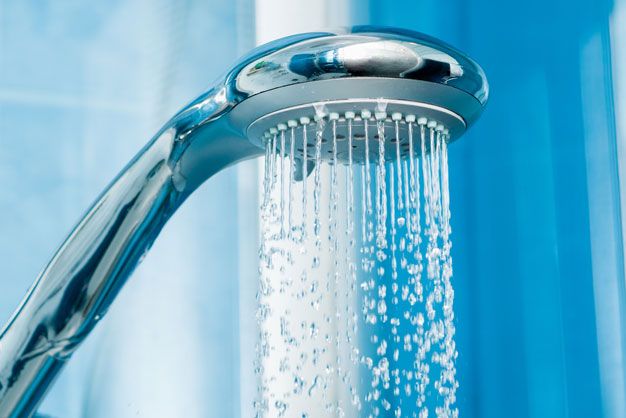
You don’t have to stop bathing or even shorten your showers to four minutes in order to conserve water. The simple addition of a flow restrictor to shower heads and sink faucets limits the amount of water that flows out and can reduce your water bill. If you want to get fancy, some shower heads have the flow restrictor built in. dbrus/Shutterstock.com

Washing produce in a bowl of water rather than under the faucet can save one to three gallons of water. Also, the water you use to cook those vegetables—and any other cooking water—can be reused outside to water the garden or clean the sidewalk. Diego Cervo/Shutterstock.com

Lawns and gardens offer a lot during the summertime, but a drought can cause them to shrivel and die. Rather than run the sprinkler all day in hope of maintaining a lush green landscape, look into a smart irrigation program (the coolest hi-tech garden gadget on the market). Systems like the popular WeatherTRAK monitor local weather, soil moisture, and are programmed with each plant’s specific needs. Elena Elisseeva/Shutterstock.com
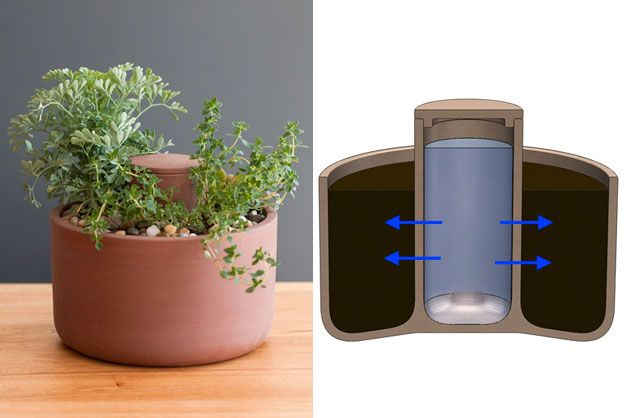
For your indoor plants, this just-as-smart but not-as-high-tech solution is based on an ancient Olla tool. An earthenware chamber full of water is surrounded by soil and plants. When the plants need water, the roots draw it from the central chamber, through the porous terra cotta, and into the planter. This planter, which is the perfect size for two herbs, will allow your indoor plants to thrive without risk of over- or under-watering. Photos by Joey Roth

When clouds finally loom overhead and rain ends the dry season, it would be a shame to let all of that precious water go to waste. Rather than watch it run down the side of your house, capture rainwater that drains from your gutters in a barrel. Whether it’s a simple DIY or an upgraded system, rainwater harvesting is a great way to cut down on your municipal or well water use. London Permaculture/Flickr
